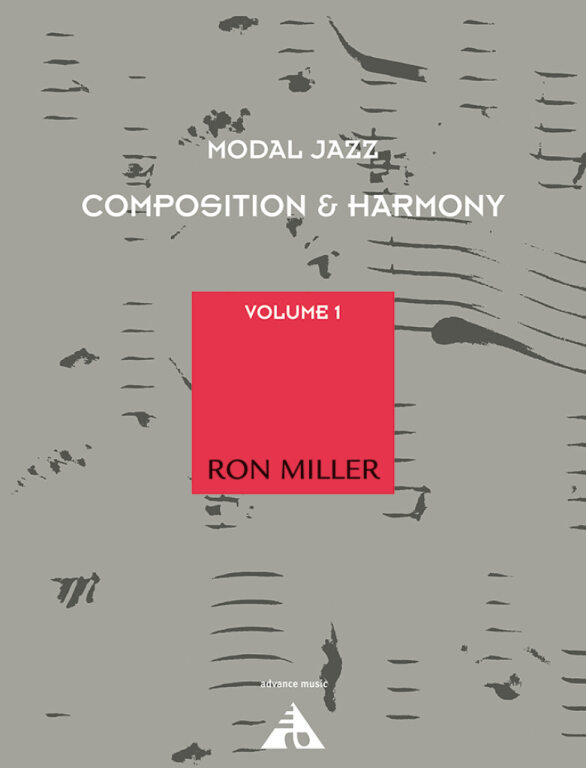Not available
Ron Miller: Modal Jazz Composition & Harmony
存款: Music Theory
类型: Jazz, blues, latin
语言: English
页数: 144 页
Format: 23,1 x 30,3 cm
Weight: 0.53 kg
首次出版: 1996年1月1日
出版者: Advance Music
刊物代码: ADV11303
ISMN: 9790206303043
The goal of this book is to show the student the means to develop latent creative abilities by offering the unfettered environment of the chromatic-modal system and free asymmetric form. The freedom of the approach will allow the composer to express him/herself in any style: post 50s jazz, ECM, fusion, pop, classical, etc., that is not tied to any harmonic particulars. Ron Miller is professor of jazz studies at the University of Miami. His compositions have been recorded and/or performed by notable musicians as Red Rodney, 'Elements', Jerry Coker, Ira Sullivan and Stan Getz. Composition students of Ron Miller that have attained notoriety include: Pat Metheny, Steve Morse, 'T' Lavitz, Bruce Hornsby, Gil Goldstein, Mark Egan, Matt Harris, Denis DiBlasio and Rick Margitza.
内容目录 | ||
|---|---|---|
| 1. | Introduction | |
| 2. | A Jazz Composer's Regimen | |
| 3. | How To Use This Book | |
| 4. | Categories of Jazz Compositions | |
| 5. | Chapter I: Jazz Harmonic Systems | |
| 6. | Chapter II: Constructions of the Unaltered Diatonic Modes | |
| 7. | Chapter III: Construction of the Unaltered Diatonic Chords | |
| 8. | Chapter IV: Characteristics of the Unaltered Diatonic Modes | |
| 9. | Chapter V: The Modes of the Altered Diatonic No. 1 (Melodic Minor) | |
| 10. | Chapter VI: Non-Modal Chords | |
| 11. | Chapter VII: Chord Connection / Compositional Devices | |
| 12. | Chapter VIII: Upper Structures | |
| 13. | Chapter IX: Completing the Chord Connection Process | |
| 14. | Chapter X: Form | |
| 15. | Chapter XI: Harmonic Contour | |
| 16. | Chapter XII: The Modes and Chords of the Altered Diatonic No. 2 (Harmonic Minor) | |
| 17. | Chapter XIII: Slash Chord Harmony | |
| 18. | Chapter XIV: Three-Part Upper Structure Chords | |
| 19. | Chapter XV: The Chords of the Altered Diatonic No. 3 (Harmonic Major) and Altered Diatonic No. 4 (Melodic Minor #5) | |
| 20. | Conclusion and Final Comments for Volume 1 | |
| 21. | Appendix | |
 Deutsch
Deutsch English
English Español
Español Français
Français Magyar
Magyar Polski
Polski Română
Română Slovenský
Slovenský Slovenščina
Slovenščina
